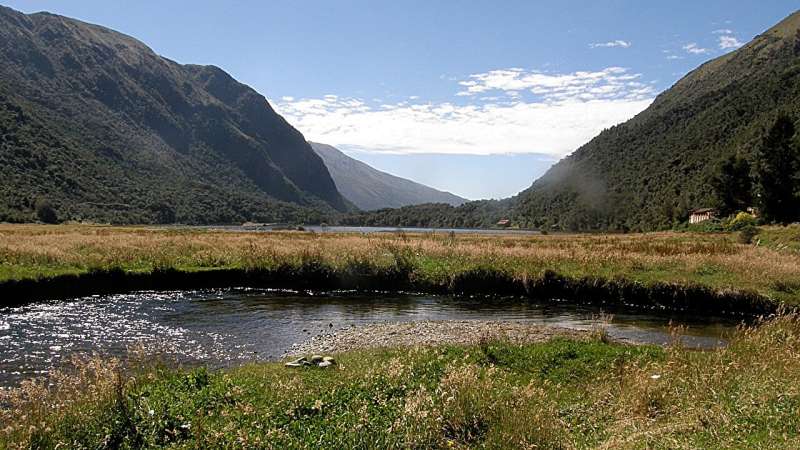
A new study has uncovered how carbon dioxide levels and ocean currents have influenced 16,000 years of climate history in the tropical Andes of South America. Conducted by researchers from Brown University, this study provides the first high-resolution temperature record for this region, offering insights into past climate patterns and potential future impacts.
Published in the Proceedings of the National Academy of Sciences, the research highlights how global climate events have driven temperature changes in the Andes. According to Boyang Zhao, the study’s lead author, understanding these historical factors could help in predicting and managing future climate scenarios in tropical areas.
The study shows that temperatures in the tropical Andes are significantly influenced by the Southern Hemisphere and Antarctic conditions. By analyzing sediment samples from Laguna Llaviucu in Ecuador’s Cajas National Park, researchers discovered that fluctuations in CO2 levels align closely with temperature changes in the Andes. For example, around 17,000 to 14,000 years ago, rising CO2 levels corresponded with warmer temperatures in the Andes.
The research also points out the importance of ocean currents that transfer warm water from the tropics to the North Atlantic. During the Antarctic Cold Reversal 14,500 years ago, a stronger northward current carried more heat north, cooling the southern seas and extending its cooling effect to the tropical Andes.
Using lipid biomarkers and hydrogen isotopes, the team created a detailed climate timeline. This is the first instance of using organic biomarkers to reconstruct a quantitative climate history for tropical South America. The findings reveal regional temperature variations and how some areas, like the Andes and Southeast Asia, experienced cooling differently compared to regions like Africa.
James Russell, a professor at Brown University and one of the researchers, noted that mountain environments, such as the Andes, are highly sensitive to climate change. With predictions of rapid warming in high tropical mountains, this study underscores the importance of understanding past climate patterns to address future changes. The team plans to further explore historical temperature trends in regions lacking complete climate records.

:max_bytes(150000):strip_icc():format(webp)/alec-baldwin-torino-film-festival-121824-3cf7cfbe5c4f4bcbb9197de4de062ea6.jpg?strip=all&resize=370,370)
:max_bytes(150000):strip_icc():format(webp)/Jimmy-Fallon-and-Prince-Harry-092624-baa1362d743d4f39a7d60bf57eb6e8b2.jpg?strip=all&resize=370,370)
:max_bytes(150000):strip_icc():format(webp)/randy-moss-121324-40b858c71b0f40bfa399e2fe00152b2a.jpg?strip=all&resize=370,370)
:max_bytes(150000):strip_icc():format(webp)/scandal-kerry-washington-121824-c51a2b5f0ef741268474bec2498c285a.jpg?strip=all&resize=370,370)
